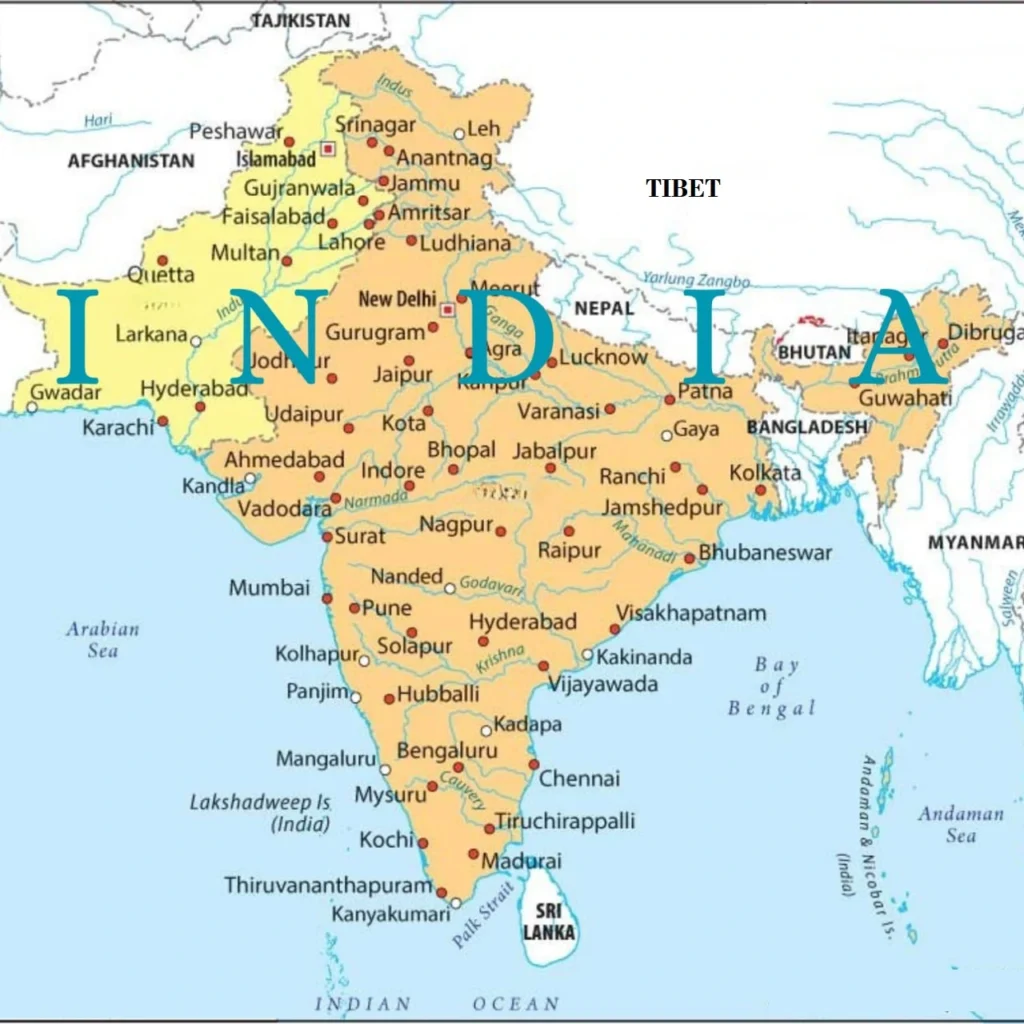
A Country Born from a Mistake – And Now Facing Its Inevitable Correction
In 1947, Pakistan came into existence—created under the British policy of Divide and Rule. A land carved out of India, not by logic, consensus, or need, but by the orders of a British officer—Lord Mountbatten. He selected a man to execute this division, someone who had never even visited India before—Sir Cyril Radcliffe. On Mountbatten’s instructions, Radcliffe drew borders that split a thriving civilization into two, purely on the basis of religion.
This partition was unlike any in history. For the first time, a nation was divided simply by religious identity. India—a land of unity in diversity—was torn apart to form Pakistan. We, as Indians, never accepted this unnatural division. It was a historical blunder.
The Immediate Aftermath of Partition
Not even a year into its creation, Pakistan launched its first act of aggression by attacking India in 1947. Disguised as tribal invaders, the Pakistani army attacked Kashmir, resulting in the illegal occupation of a part of Jammu and Kashmir—what we now know as PoK (Pakistan-occupied Kashmir). Since then, this region has remained underdeveloped, neglected, and exploited. No proper schools, no quality hospitals, no roads—nothing for the common people. The only thing Pakistan has invested in POK is terrorism.
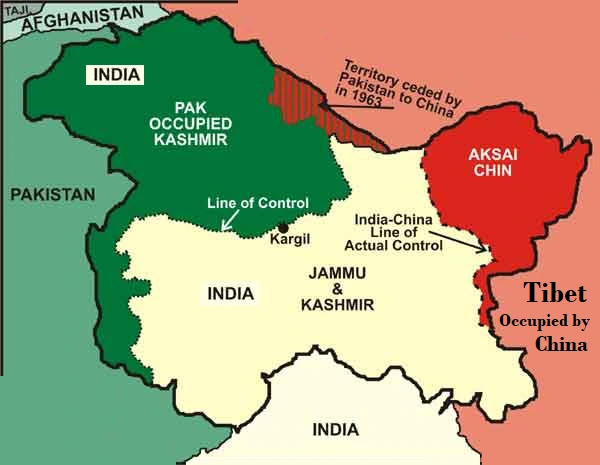
POK has become a breeding ground for terrorists. From Genocide of Kashmiri Pandits, Kargil War, Jammu and Kashmir Assembly attack, Amarnath Yatra attacks, Uri attack, Pulwama bombing, and more recently Rajouri and Poonch assaults—each incident has links to militants trained in POK by Pakistan’s military and intelligence agencies.
Even in 2025, the people of POK are deprived of basic human rights, while Pakistan uses them as pawns in its proxy war with India. The recent Pahalgam terrorist attack, where 30 innocent civilians were asked about their religion before being murdered by Pakistan-backed militants, is proof of Pakistan’s continued brutality.
A Nation with No Peace, No Progress
The people living in Pakistan today are themselves suffering. The country is crumbling under inflation, lawlessness, political instability, and internal insurgency. The country is nearly collapsing under the weight of inflation, lawlessness, political instability, and internal insurgency. Today, Pakistan is running solely on borrowed money—sometimes loans from the International Monetary Fund (IMF), sometimes from the World Bank, and other times from China or Saudi Arabia. It survives only through continuous borrowing from one place or another.
Their suffering is the result of a mistake made in 1947. A nation without strong roots cannot survive. When Pakistan was part of India, cities like Lahore, Karachi, and Peshawar were economic and cultural powerhouses. Today, businesses are shut, streets are violent, and the government is in chaos.
The Provinces That Were Never Truly Pakistan
Punjab Province
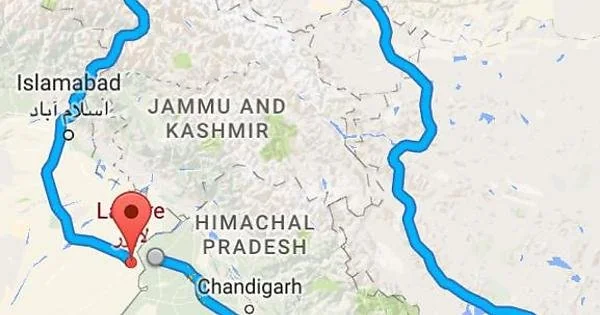
The Pakistani Punjab was once a part of united Punjab. Lahore, originally intended to remain with India, was handed over to Pakistan simply because Sir Radcliffe was told that Pakistan had no big city. He drew the line—literally—on a map. But history is coming full circle. In 2026, we shall once again see a united and prosperous Punjab. The recent downfall of Imran Ahmed Khan Niazi, who was removed from office allegedly under pressure from foreign powers and imprisoned, reflects the state’s deep-rooted corruption and dependency. Reports of torture and abuse in jail only add to Pakistan’s image as a failed state.
(Reference: Imran Khan Physical Assault in Jail)
Sindh Province
Sindh has always been an integral part of Indian civilization. In fact, without Sindh, there is no “Hind”—the very name of India finds its roots in this ancient land. Its cultural, historical, and spiritual ties to India are deep and undeniable. From the Indus Valley Civilization to Vedic influences, Sindh has always been part of the Indian ethos. Pakistan, formed on the basis of religious division, never truly deserved Sindh. Decades of neglect, exploitation, and cultural suppression have only distanced Sindh from the idea of Pakistan. Its return to its natural civilizational roots is not just a hope—it now seems inevitable.
Balochistan Province
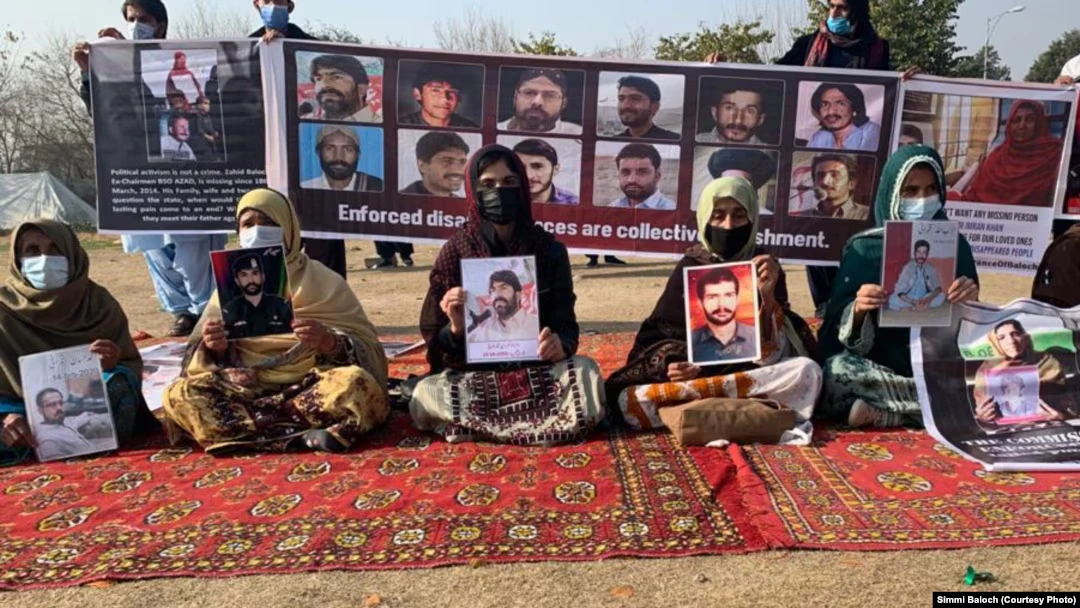
Balochistan never wanted to be part of Pakistan. Even after the creation of Pakistan, Balochistan has always considered itself either an independent nation or a part of India. It protested the union from the very beginning and continues to suffer. Disappearances, torture, and extrajudicial killings are routine. Education is non-existent, and even children are not spared. Many Baloch leaders who spoke out were silenced—some killed, others “disappeared” forever.
How long will the people of Balochistan continue to suffer like this? India understands their pain. Very soon, India will rescue Balochistan from this crisis, and it will once again become a prosperous region of India. Forced disappearances, torture camps, and military oppression will be replaced by development, democracy, and dignity.
Khyber Pakhtunkhwa (KPK)
KPK has faced endless wars and poverty under Pakistan. The government failed to give even basic governance. The people are frustrated, hopeless, and now resisting. Once they were part of a growing India—today, they are struggling to survive. They now realize that 1947 was a massive mistake. They are paying the price every single day. In Khyber Pakhtunkhwa, the locals have turned against the state. Many have joined the TTP (Tehrik-i-Taliban Pakistan) and are fighting against the Pakistan Army itself.
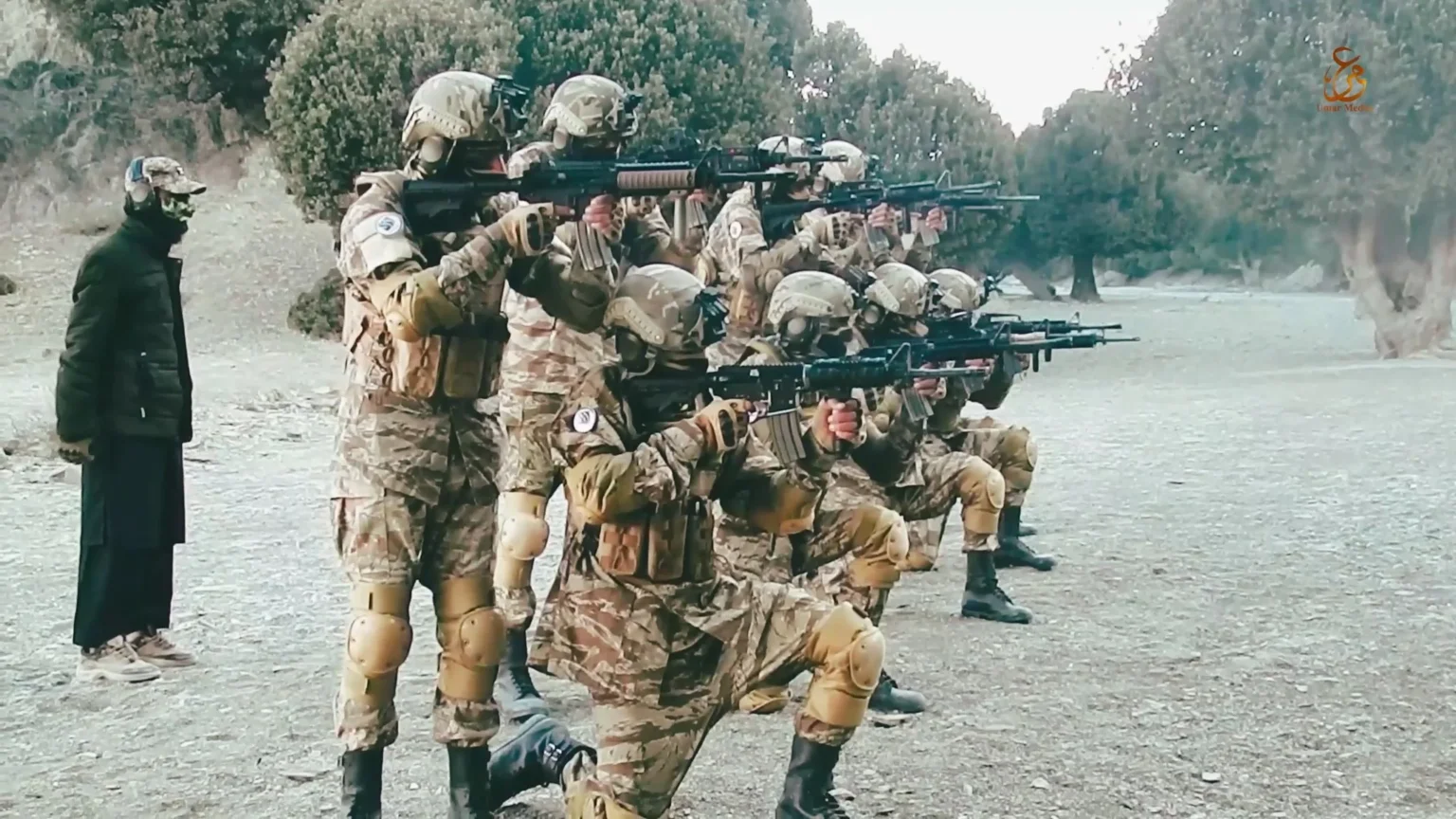
Operation Sindoor: The Beginning of the End
After the Pahalgam terrorist attack, India launched Operation Sindoor—a mission that signals the beginning of Pakistan’s end. This is not just a military operation; it’s a historic correction. As our title boldly says—“Pakistan 1947 to 2026”—by 2026, India will have corrected this historical blunder.
Pakistan will be remembered only in history books—as a mistake born from colonial selfishness and sustained by violence. A country that had no identity without India, and whose future will now be as part of India.
Final Thoughts: A Nation Returns to Wholeness
Pakistan’s story ends where it began—in India. The provinces that were wrongly separated will return to their rightful place. A full, united India awaits—a land not divided by religion, but united by culture, history, and truth.
2026 won’t just be a year of reunion. It will be the year when the world learns that justice delayed is still justice—and that a mistake, no matter how old, can still be corrected.

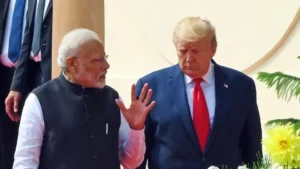

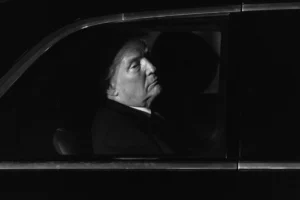

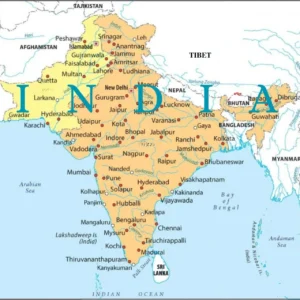

pji5pa